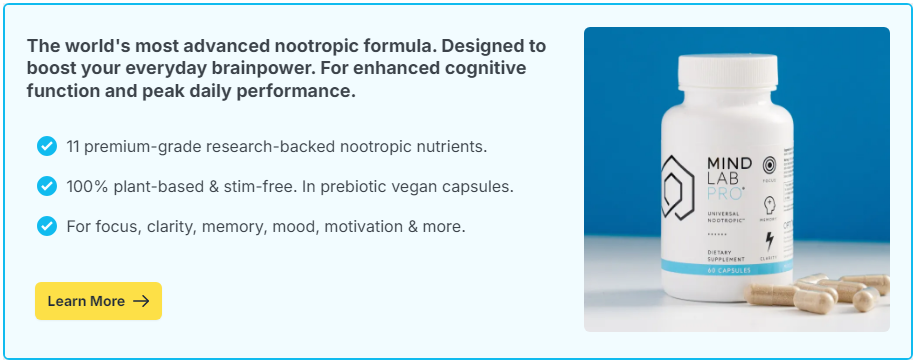
Every morning, you probably follow the same sequence – wake up, check your phone, brush your teeth, make coffee – without thinking much about it. This mental autopilot is powered by habits, which your brain adores for one key reason: they conserve energy. Habits remove the need for constant decision-making, allowing your mind to focus on other things. But while this efficiency has clear benefits, it can also keep you locked into unhelpful routines.
The good news? With the right strategies, you can outsmart your brain’s preference for the familiar. By understanding how habits are formed and maintained, you can renovate your mental environment to support more purposeful and rewarding behaviors.
Contents
Why the Brain Loves Habits
From an evolutionary perspective, habits are a survival mechanism. The brain’s basal ganglia – an area involved in motor control and procedural learning – stores repeated behaviors so they can be executed with minimal conscious effort. Once a habit loop is established, the brain relies on cues to trigger the routine and the reward it delivers.
This system is efficient but not picky. The same neural pathways that lock in a healthy morning run can also lock in late-night social media scrolling. The more often a habit loop is repeated, the deeper the neural “groove” becomes, making it harder to change.
The Habit Loop in Action
Every habit follows a predictable pattern:
- Cue: A trigger that signals the brain to start the habit (time of day, location, emotional state).
- Routine: The behavior itself, automatic and often subconscious.
- Reward: The payoff that reinforces the loop (pleasure, stress relief, a sense of accomplishment).
For example, feeling stressed (cue) might lead you to grab a sugary snack (routine), which provides temporary comfort (reward). Understanding this loop is the first step toward breaking unhelpful patterns.
Cognitive Renovation: Rebuilding Thought and Behavior Patterns
Cognitive renovation is the process of deliberately identifying, dismantling, and replacing habits with more beneficial ones. Just as you might renovate an old house to make it more functional, you can rework mental and behavioral patterns to better align with your goals.
Step 1: Map Your Habit Architecture
Keep a habit journal for a week. Write down the behaviors you want to change, noting their cues and rewards. This gives you a blueprint of your brain’s current habit “floor plan.”
Step 2: Change the Cue
If you remove or alter the trigger, the habit loop weakens. For instance, if you automatically open social media when you sit on the couch, change your environment – sit at a desk instead, or keep your phone in another room.
Step 3: Swap the Routine
Instead of trying to break a habit cold turkey, replace the behavior with something that delivers a similar reward. For example, swap your afternoon candy bar for a piece of fruit if your reward is a burst of energy.
Step 4: Strengthen the Reward
Celebrate your progress. Positive reinforcement accelerates the formation of new neural pathways, making your upgraded habit more likely to stick.
The Role of Mindfulness in Habit Change
Habits thrive on unconscious repetition. Mindfulness interrupts this autopilot mode by bringing awareness to your choices. Even a short pause before acting can create enough mental space to choose a different response. Over time, this consistent interruption reshapes the brain’s default pathways.
Why Breaking Habits Feels Hard
Your brain resists change because new behaviors require more energy at first. This is why willpower alone often fails – your mind is wired to conserve effort. Instead of relying solely on motivation, structure your environment so that desired behaviors are easier and undesired ones are harder. This could mean preparing healthy snacks in advance, setting up automatic bill payments, or working in a space without your biggest distractions.
Nootropics, Brain Health, and Habit Flexibility
Your brain’s adaptability – known as neuroplasticity – determines how easily you can form and replace habits. Factors like sleep quality, nutrition, and stress levels influence this adaptability. Some people use nootropics and brain supplements to support focus, memory, and cognitive flexibility. While these supplements do not erase bad habits, they may enhance your mental readiness to adopt and sustain better ones by improving the brain’s ability to form new connections.
Practical Cognitive Renovation Tips
Here are actionable strategies to outsmart your brain’s attachment to habits:
- Anchor new habits to existing ones: Pair a new behavior with a current habit, such as doing squats while your coffee brews.
- Use visual cues: Place reminders in visible locations to prompt desired behaviors.
- Make bad habits inconvenient: Add friction to unwanted behaviors, like storing cookies in a hard-to-reach cupboard.
- Limit decision fatigue: Reduce the number of choices you make daily so you have more mental energy for habit change.
- Track progress visually: Use charts or apps to see your habit streaks and stay motivated.
Renovating for the Long Term
Breaking free from your brain’s love of habits is not about resisting its nature – it is about working with it. By strategically redesigning your habit loops, you can transform autopilot routines into supportive behaviors that serve your long-term goals. Over time, these upgraded habits become as automatic as the old ones, but with far better results.

